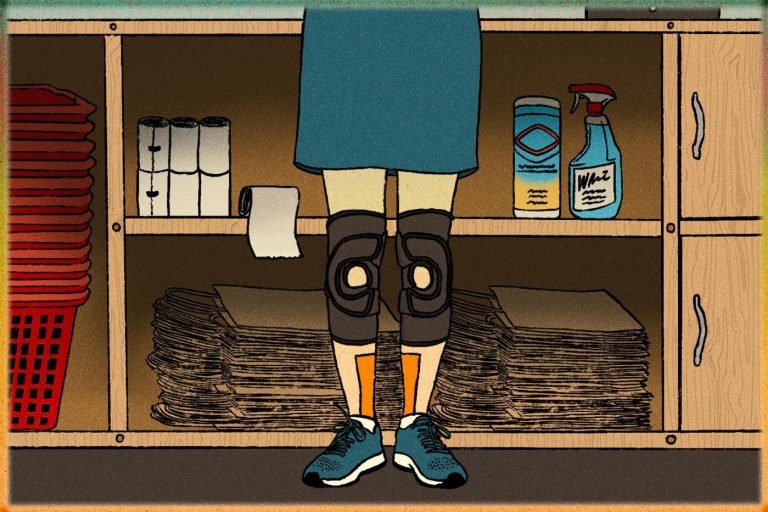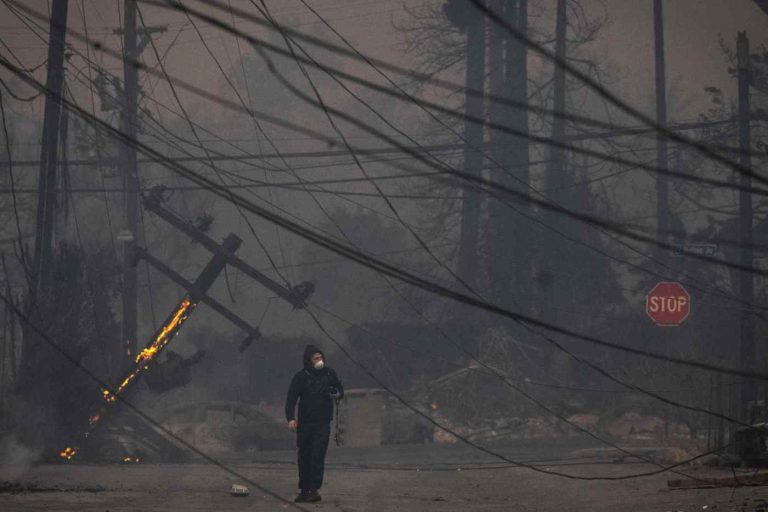BERKELEY — After an auditor’s report revealed that a large percentage of Berkeley restaurants and food facilities went without an inspection last year, city councilmembers are pushing city staff to clear the backlog and improve the process.
But the council also made it clear after the report was presented Tuesday that there is more to fix — most important, improving public information about restaurant conditions, including distributing inspection grades to be placed in restaurant windows for the public to view.
“For me, it’s not just doing the inspections, as important as that is,” said Councilmember Rashi Kesarwani. “I also think it’s really important to have a grading system like some of the other cities, so the public is aware that, yes, an inspection has taken place, and this is how the restaurant or facility performed.”
Councilmember Sophie Hahn said a grading and placard system like the one used in New York City could help push restaurants and food facilities to seek higher scores.
The Berkeley Food Inspection Program, one of only four city-run health inspection programs in the state, is tasked with oversight of nearly 1,000 facilities, from restaurants to markets, caterers, co-ops and temporary vendors. Last year, 193 restaurants were missed, according to a report published in June by City Auditor Jenny Wong and presented to the council Tuesday evening.
The audit, initiated in October, reviewed inspection data from 2023 and staffing information from 2019 through 2023. Wong and her team found that a growing number of vacancies in the Environmental Health Division, including leadership roles, meant three full-time inspectors were doing the work of seven to eight people.
Without adequate staffing and reliable program software, city workers were unable to stay on top of inspections or prioritize higher-risk facilities; 184 places with that designation were not properly visited.
About 45 percent of Berkeley’s food facilities, mostly restaurants, were not inspected last year. The rate was better than the 51 percent of facilities uninspected in San Francisco but much worse than the 3 percent not inspected by the Alameda County Department of Environment Health, which inspects facilities everywhere else in the county, Wong said.
Of the 2,203 inspections that were supposed to be completed, only 648 (29 percent) of them were done, the report said.
“We have to make sure when people dine in Berkeley, they’re safe,” said Hahn in response to the report. “It’s not more complicated than that.”
Concerns were also raised about the program’s failure to follow up on alleged food-borne illness complaints within 24 hours, financial record-keeping, and management of a public portal detailing inspection information.
“Every year in the U.S., food-borne diseases cause an estimated 48 million people to get sick, 128,000 to be hospitalized and 3,000 to die. We therefore looked at food inspections because they play an important role in ensuring food safety for all those who dine in Berkeley,” Wong said.
Wong asked that the division develop a plan for addressing shortcomings with a focus on improving inspection coverage and response times to complaints, the public data platform and financial records keeping.
Councilmembers were similarly eager to see issues rectified, requesting that an update be presented to them by December. Division staff largely agreed with the critiques and are working to implement the report’s recommendations, said Scott Gilman, interim director of Berkeley’s Health, Housing, and Community Services Department.
“As soon as we found out what was going on, we started implementing corrective actions,” Gilman said, noting that the audit was already underway when he was hired.
Gilman said he expects the division to be fully caught up with 2023 and 2024 inspections by the end of the year, with a focus on inspecting the city’s more than 500 “high-risk” facilities by October. Moving forward, he said division targets will be adjusted to prioritize inspections of “high-risk” facilities such as restaurants and nursing care facilities.
Related Articles
Taco Bell expanding AI drive-thru technology in the U.S.
7 terrific Bay Area things to do this weekend, Aug. 2-4
Tada Ramen & Yakitori opens in Oakland with grilled skewers, squid-ink fried rice
Farm-to-table Braise restaurant closing in Willow Glen
Walnut Creek’s La Ezkina, a new Mexican grill and cantina, just opened
The division is seeking out a new data system that will help with prioritizing which facilities need inspections and with presenting inspection data to the public, Gilman said. He also acknowledged that removing the online portal was a “step back in transparency” but said it was necessary given that the information did not adhere to state requirements. The department is working on clarifying and republishing the information, he added.
On staffing, Gilman said a job offer is out for a new environmental health specialist. The division is also looking to contract additional inspection support on a temporary basis and is looking into a training program that would help future inspectors get on-the-job experience and earn training hours.
If the program is unable to catch up by the end of the year, Gilman said it’s possible the city would need to begin considering alternative ways of running the programs, including potentially contracting with Alameda County on inspection services.
“Clearly, the spotlight is on us to fix this and to exceed the public’s expectations. If we’re not able to pull that off by the end of the year, then I think my new job should be questioned,” Gilman said with a chuckle. “We absolutely have to exceed public expectations as we go forward and improve the services.”












